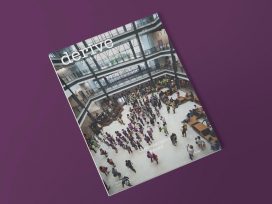
Democratic ‘Third Places’
dérive 10–12/2020
Urbanist magazine ‘dérive’ on emancipating Brazilian museology; the potential for Polish cultural centres; Swiss commons as a transferable prototype; and post-explosion Beirut.
In the latest issue of Czas Kultury, Anna Paprzycka makes the case for programming languages to be credited as a means of artistic production. In a second focus, the terms ‘people’, ‘nation’ and ‘race’ are scrutinized.
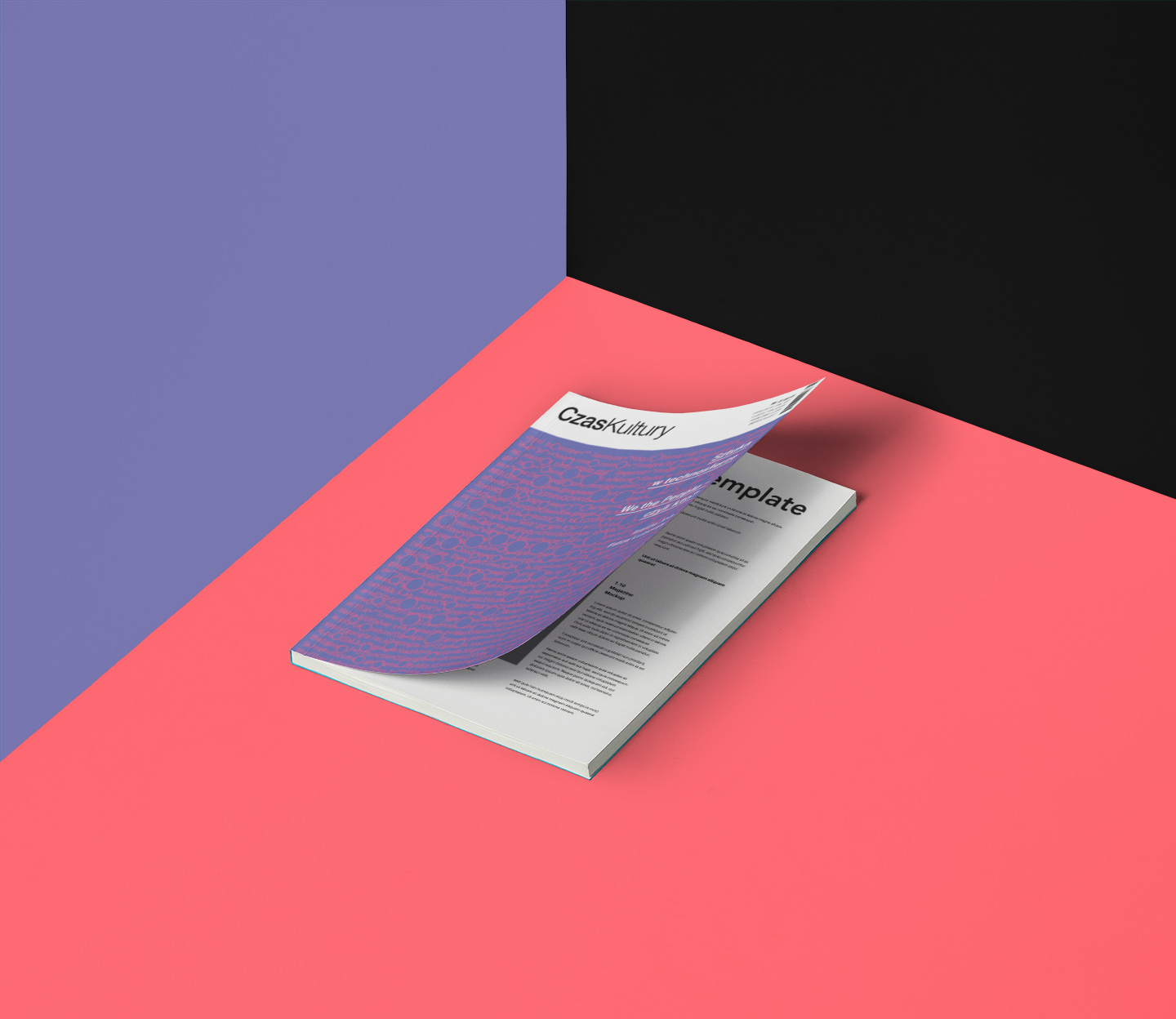
In contrast to ‘oil on canvas’, annotations to artworks that were created with a computer program rather than a paintbrush commonly use the vague term ‘custom software’, instead of naming the specific programming language. In her essay on The art of programming: Processing as a tool of art and cultural creation, Anna Paprzycka brings this up as one of the many examples for lack of knowledge about and sensitivity to the finer nuances of programming languages in the fine arts. Not without passion, she invites both artists and human scientists to take a closer look at one specific, accessible language, that can serve both as a meta-language to write about programming and as a tool to create art: ‘Processing’.
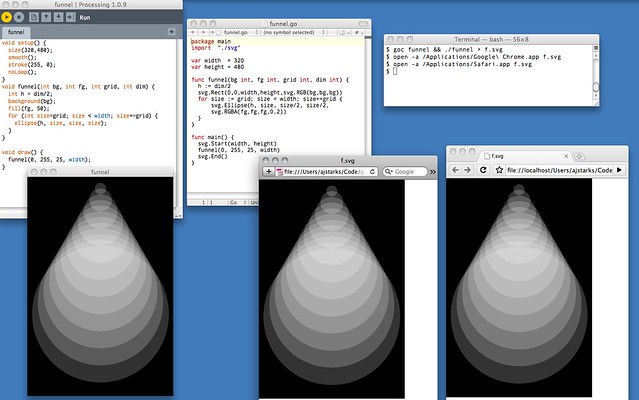
Top row from the left: Processing code, Go Code, Command lines to run the Go code
Bottom row: Processing output, Go SVG rendered in Safari and Chrome. Photo by Anthony Starks on Flickr.
Paprzycka’s text is part of the ‘art in the technosphere’ focus, curated by Marek Wasilewski, in Czas Kultury’s recent issue. ‘In the 21st century, arts and science are no separate cultures. (…) Nowadays, artists combine scientific aspects with participativity, interactivity, virtuality and hybridity; they challenge aesthetic conventions. We look at this intriguing connection, that determines the condition of contemporary visual culture.’
In a second focus, editor Barbara Brzezicka presents a collection of texts that point out the linguistic, geographical and historical nuances of the terms people, nation and race. With nationalism and populism on the rise, ‘it’s difficult at times to grasp the collective subject of public life and define: what it is, what it should be and whom it excludes and on what basis.’
Also in this issue: A behind-the-scenes look at Warsaw’s independent club scene, from the perspective of the clubs’ managers, by Natalia Nowińska-Antoniewicz.
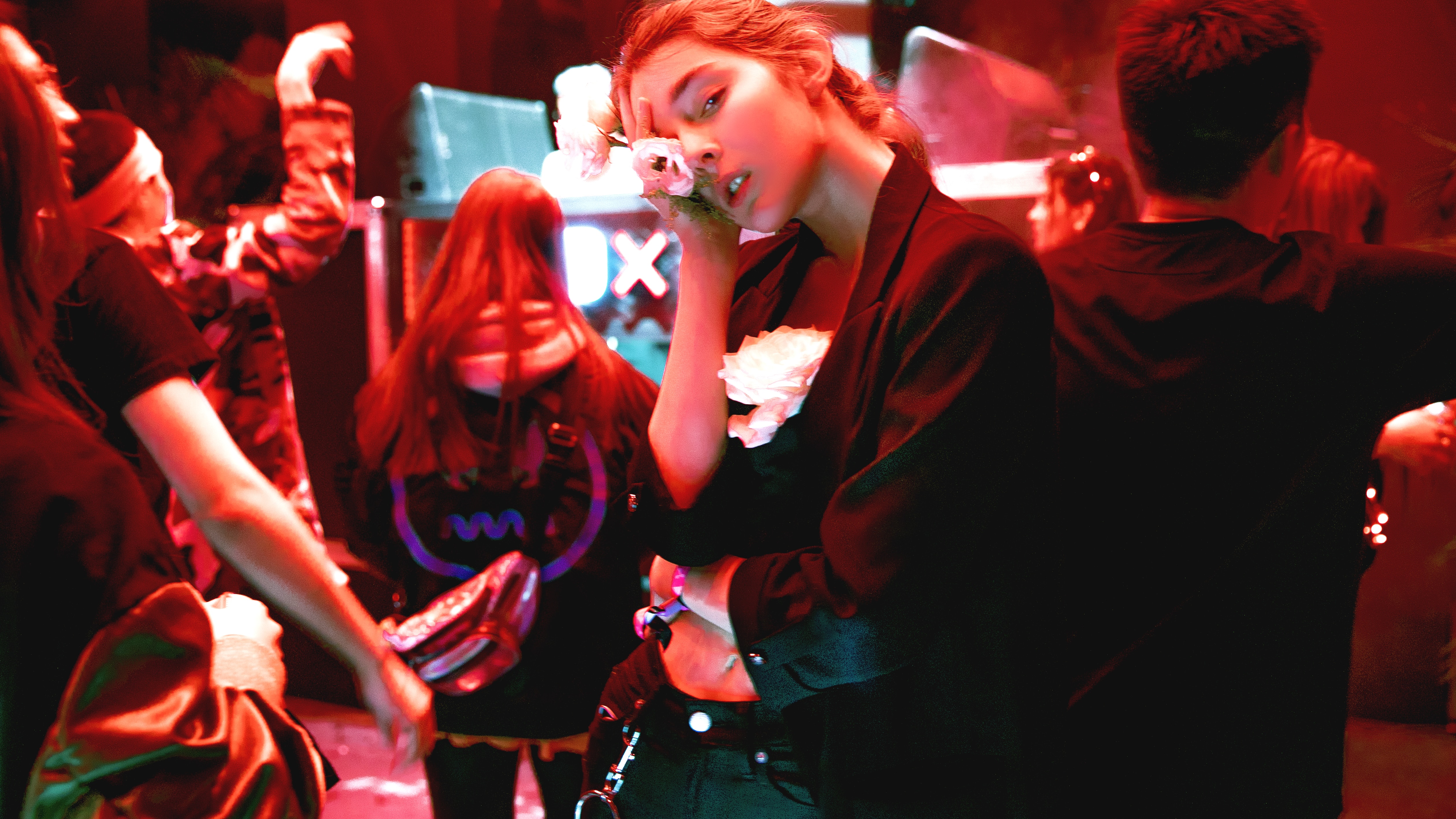
Photo by Igor Rand on Unsplash.
This article is part of our 11/2019 Eurozine review. Click here to subscribe to our reviews, and you also can subscribe to our newsletter and get the bi-weekly updates about latest publications and news on partner journals.
Click here to read more on Czas Kultury.
Published 9 July 2019
Original in English
Contributed by Eurozine © Eurozine
PDF/PRINTSubscribe to know what’s worth thinking about.

Urbanist magazine ‘dérive’ on emancipating Brazilian museology; the potential for Polish cultural centres; Swiss commons as a transferable prototype; and post-explosion Beirut.
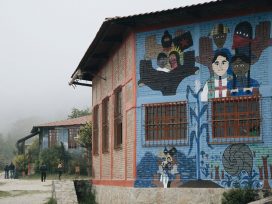
Instead of uniformity, commoning urban spaces offers an inclusive life, open to differences. Through self-managed initiatives, the ‘right to the city’ becomes the right to collectively produce it through creative cooperation.